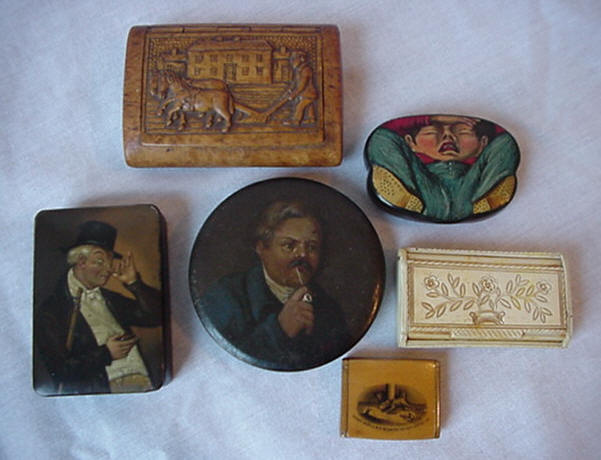I just saw the COOLEST show on the Science channel. Mudlarking on the Thames. Metal detecting during low tides, digging in the muck and mud in London and coming up with treasures from hundreds of years ago.
Apparently the British Museum has stores and stores of finds from mudlarks, including medieval toys (toy cannons that fire real cannonballs), muskets, coins and jewelry.
My mind is literally swimming with the amazing historical artifacts found in the swift moving tides of London’s great river. Such a wonderful combination of treasure hunting and history coming alive.
I could wax poetic about this for hours (much to my husband’s chagrin and regret that he happened to turn on the Science channel) but I digress. What caught my particular interest, with my wonderful readership in mind, were the cache of musket balls and clay pipes that seem to be a commonly found commodity by mudlarks.
Regency readers will be familiar with snuff taking, or the inhalation of tobacco. Fashionable people of the haute ton were fond of snuff, and a whole cottage industry of fine snuff boxes cropped up to serve as a fashionable accessory to these leaders of Ton.
However, prior to snuff’s popularity tobacco was commonly smoked through clay pipes. Early clay pipes had tiny bowls – no more than a pinch of tobacco was smoked, as tobacco was expensive. By the 1620s, smoking became popular enough to increase demand and caused the price dropped; subsequently the size of the bowls were made larger.

In the early 18th Century records of port books at Exeter in Devon, reveal that over 2 million clay pipes were being manufactured for export to America, Spain and Canada. A habit that had first started in the late 1580s among sailors reached a height of popularity.

During the middle of the 18th Century the English clay pipe industry went into decline as trade became restricted during wartime, America sought independence against England and the habit of snuff became more fashionable in the upper classes.

Once snuff came into fashion (King George III’s wife Charlotte was called “Snuffy”) as a way to distinguish the upper classes from the lower class smokers, it was said drawing rooms were filled with the sound of sneezing.
Snuff (pulverized tobacco often scented with floral, menthol, or other scents) was sold in shops and also by grinders which went door to door to prepare a snuff batch.
Victorian’s would frown on snuff taking, causing its popularity to dwindle. However, professions where smoking was frowned upon or impossible (doctors, lawyers, miners) still took snuff as an alternative to smoking.
Today, smokeless tobacco has been marketed as an alternative nicotine fix…which although now consumed by the mouth is essentially the same thing!
Timeline Facts about Tobacco: (from history of tobacco)
1573: ENGLAND: Sir Francis Drake returns from Americas with ‘Nicotina tobacum’.
1585: ENGLAND: Sir Francis Drake introduces smoking to Sir Walter Raleigh
1600: ENGLAND: Sir Walter Raleigh persuades Queen Elizabeth to try smoking
1602: ENGLAND: Publication of Worke of Chimney Sweepers by anonymous author identified as ‘Philaretes’ states that illness of chimney sweepers is caused by soot and that tobacco may have similar effects.
1603: ENGLAND: Physicians are upset that tobacco used by people without physician prescription; complain to King James I.
1610: ENGLAND: Sir Francis Bacon writes that tobacco use is increasing and that it is a custom hard to quit.
1761: ENGLAND: John Hill performs perhaps first clinical study of tobacco effects, warns snuff users they are vulnerable to cancers of the nose.
1826: ENGLAND is importing 26 pounds of cigars a year. The cigar becomes so popular that within four years, England will be importing 250,000 pounds of cigars a year.
1847: ENGLAND: Philip Morris opens shop; sells hand-rolled Turkish cigarettes.










Pingback: Tabacco culture | Groveplanet
Pingback: Tabacco culture | Groveplanet